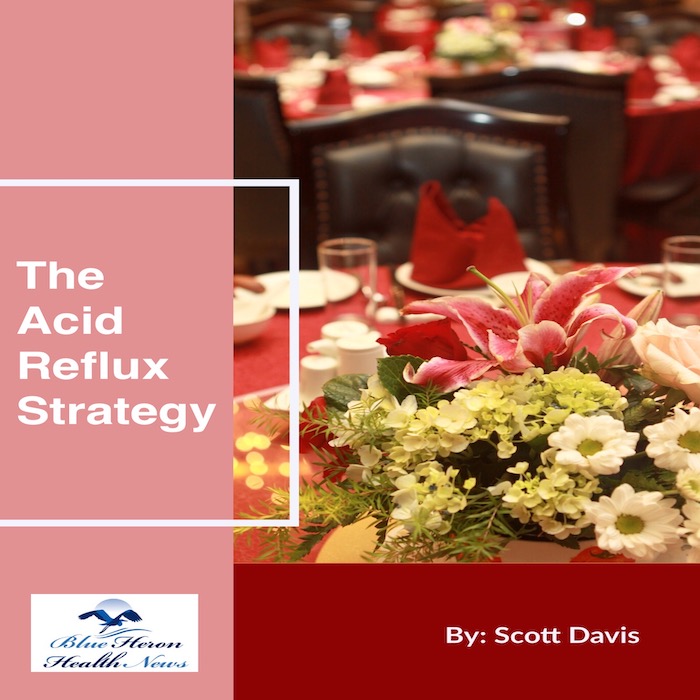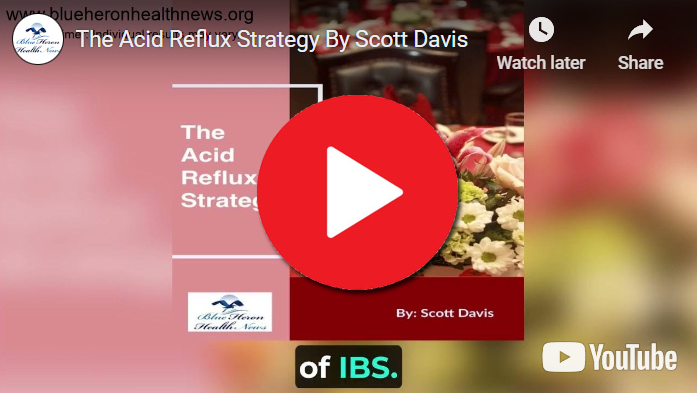
Acid Reflux Strategy™ By Scott Davis According to this eBook, you can start removing the symptoms of acid reflux and other similar problems just by making some changes in your diet, levels of stress, and lifestyle. It will guide you on how to change from the combination of food items to the sleep positions to relieve your problems. It also includes a list of food items you should focus on while shopping for it to find a natural treatment for your symptoms.
What is the role of the lower esophageal sphincter (LES) in acid reflux?
The lower esophageal sphincter (LES) plays a critical role in the development and management of acid reflux, also known as gastroesophageal reflux disease (GERD). The LES is a ring of muscle located at the junction of the esophagus and the stomach. It serves as a barrier to prevent the backflow (reflux) of stomach contents, including acid and partially digested food, into the esophagus. Here’s a detailed look at the functions and importance of the LES in acid reflux:
1. Function of the LES
The LES has several key functions in the digestive system:
- Barrier Function: The primary role of the LES is to act as a one-way valve. It opens to allow food and liquids to pass from the esophagus into the stomach and then closes to prevent the contents of the stomach from refluxing back into the esophagus. This barrier function is crucial because the esophagus lacks the protective lining found in the stomach that can withstand strong stomach acids.
- Pressure Regulation: The LES maintains a resting pressure that is higher than the pressure in the stomach, which helps keep the sphincter closed. This pressure is typically maintained by the muscle tone of the LES and is influenced by factors such as hormonal and neural signals, as well as the overall tone of the diaphragm muscles.
2. Mechanisms Leading to Acid Reflux
Acid reflux occurs when the LES fails to function properly, allowing stomach contents to escape into the esophagus. Several mechanisms can lead to this dysfunction:
- LES Relaxation: Transient relaxations of the LES, unrelated to swallowing, are the most common cause of acid reflux. These relaxations can be triggered by various factors, including the ingestion of certain foods and beverages, alcohol consumption, and smoking. They can also occur naturally, but when frequent or prolonged, they can lead to significant reflux episodes.
- Weak or Low LES Pressure: A weak LES that does not close properly can lead to reflux. Conditions such as obesity, pregnancy, and certain medications can decrease LES pressure, making it easier for stomach acid to flow back into the esophagus.
- Hiatal Hernia: A hiatal hernia occurs when the upper part of the stomach bulges through the diaphragm into the chest cavity. This can disrupt the normal functioning of the LES, allowing acid to reflux more easily into the esophagus.
- Increased Intra-abdominal Pressure: Factors that increase pressure within the abdomen, such as overeating, lying down after meals, or wearing tight clothing, can overcome the pressure of the LES and cause reflux.
3. Symptoms and Complications of LES Dysfunction
When the LES does not function properly, it can lead to a variety of symptoms and complications:
- Heartburn: A burning sensation in the chest, often experienced after eating or at night, is the most common symptom of acid reflux.
- Regurgitation: The sensation of acid backing up into the throat or mouth, which can lead to a sour or bitter taste.
- Chest Pain: Pain in the chest, which can sometimes be mistaken for heart-related issues.
- Dysphagia: Difficulty swallowing, which can occur if the esophagus becomes narrowed due to chronic inflammation and scarring (esophageal stricture).
- Chronic Cough and Respiratory Issues: Acid reflux can irritate the airways and lead to symptoms such as chronic cough, asthma, or bronchitis.
- Esophagitis: Inflammation of the esophagus, which can lead to ulcers and bleeding.
- Barrett’s Esophagus: A condition where the cells lining the esophagus change, increasing the risk of esophageal cancer.
4. Management and Treatment of LES Dysfunction
Managing and treating LES dysfunction to prevent acid reflux involves several strategies:
- Lifestyle Modifications: These include dietary changes (avoiding trigger foods and beverages), weight loss, avoiding large meals, not lying down immediately after eating, and avoiding tight clothing.
- Medications: Various medications can help manage acid reflux by reducing stomach acid production or increasing LES tone. These include antacids, H2 receptor antagonists (like ranitidine), proton pump inhibitors (PPIs, like omeprazole), and prokinetics.
- Surgical Interventions: In cases where lifestyle changes and medications are not sufficient, surgical options may be considered. These include fundoplication, where the top of the stomach is wrapped around the LES to strengthen it, and procedures like LINX, where a ring of magnetic beads is placed around the LES to augment its function.
The lower esophageal sphincter (LES) is a critical component in the prevention of acid reflux. When functioning properly, it acts as a barrier to prevent stomach contents from refluxing into the esophagus. Dysfunction of the LES, whether due to transient relaxations, low pressure, or anatomical disruptions like hiatal hernia, can lead to symptoms and complications of acid reflux. Effective management of acid reflux often involves a combination of lifestyle modifications, medications, and, in some cases, surgical interventions to restore or enhance the function of the LES.
Acid Reflux Strategy™ By Scott Davis According to this eBook, you can start removing the symptoms of acid reflux and other similar problems just by making some changes in your diet, levels of stress, and lifestyle. It will guide you on how to change from the combination of food items to the sleep positions to relieve your problems. It also includes a list of food items you should focus on while shopping for it to find a natural treatment for your symptoms.
